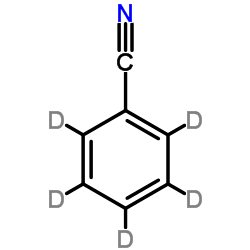(2H5)Benzonitrile Suppliers
Total count: 1Updated Date: 2025-09-14 11:36:58

- China(Mainland)
- Contact: Yang
- Phone: 0086-021-52280163
- Email: sales@echemcloud.com
- Website: http://www.echemcloud.com
- Product Name: (2H5)Benzonitrile
- Updated Date: 2024-07-15 12:33:35
- Purity: 99.0%
- More information
Inquiry
Related product suppliers
Check more product suppliers
